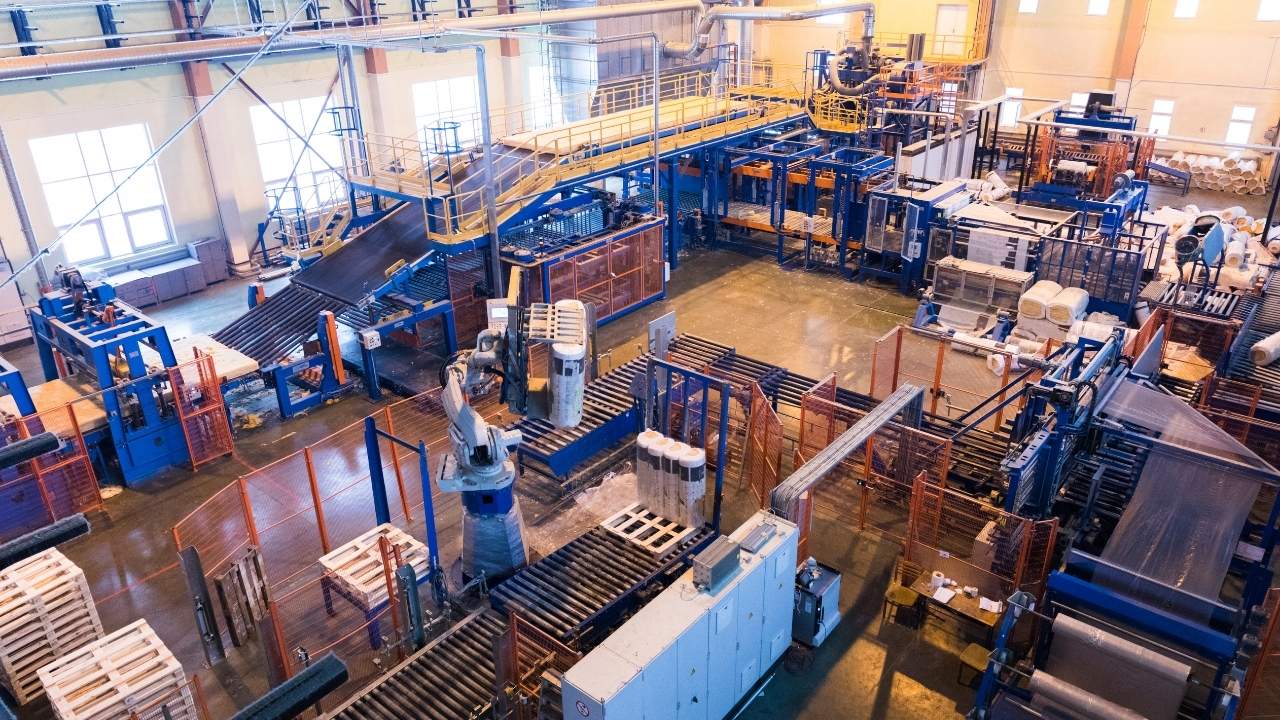How to choose the right ERP for your business?
This comprehensive ERP guide will walk you through every step, from defining your business requirements and staying informed about potential pitfalls to assessing features, modules, implementation, support, and renewal terms. These crucial elements should be on your project checklist as you seek the perfect ERP solution for your organization.
ERP Guide: Introduction
If you are currently in the market for your company’s first ERP solution or looking to replace one you already have, this Guide is specifically crafted to assist you. The Process of Searching for and Selecting the right system can undoubtedly be intricate and overwhelming. However, rest assured, it does not have to be. This guide will provide you with the necessary knowledge to effectively organize the Search and Selection Process into a well-defined set of Steps. By following these Steps, you can achieve precision in your decision-making while minimizing the investment of time and resources. Ultimately, this will safeguard you from becoming another cautionary tale in the collection of failed ERP Implementations. The guide is divided into two main parts. The first part, consisting of Section 2, meticulously explains each step of the
Search and Selection Process, highlighting key considerations. Following this, you will find an ERP Search and Selection Checklist in Section 3. This valuable tool allows you to make an “apples-to-apples” comparison among the ERP solutions you are evaluating. The leftmost columns of the checklist are pre-populated with example Capabilities and corresponding prices for the Versa Cloud ERP
system. To collect similar information from other ERP Software Publishers, you can utilize the columns to the right of these examples.
[widget id=”custom_html-22″]
ERP Guide: Search and Selection Process
The Process of finding and selecting a suitable ERP System encompasses several Steps which usually include:
Requirements Collection:
This initial step involves gathering and documenting the organization’s specific needs and objectives, ensuring a clear understanding of the desired functionalities, Processes, and integration Requirements.
Requirements Finalization:
Once the Requirements are collected, this stage focuses on refining and finalizing the specific criteria that the ERP System must meet. It involves prioritizing and aligning the Requirements with the organization’s strategic goals and operational needs.
Search:
In this stage, Customers embark on a search for potential ERP solutions that meet their defined Requirements. This Process can be as simple or as complicated as the organization desires starting with recommendations from peers in the industry currently using ERP Systems that they would recommend, augmented by web searches and exploration of ERP Publisher’s websites to consulting industry experts and attending conferences.
[widget id=”custom_html-24″]
Evaluation:
After identifying potential ERP Systems, a rigorous evaluation process takes place. This includes assessing each system’s features, Functionality, scalability, compatibility, vendor reputation, Support Services, and total cost of ownership. Evaluations may involve demonstrations, requesting proposals, and conducting interviews with vendors.
Shortlisting:
Based on the evaluation, a shortlist of the most promising ERP Systems is created. This step involves narrowing down the
Final Selection of ERP:
The last stage entails making the ultimate decision and selecting the ERP System that best meets the organization’s needs. This involves considering various factors, such as Functionality, usability, Implementation Timeframes, cost, vendor reputation, and the ability to support future growth. Each of these Steps plays a crucial role in the ERP System selection Process, ensuring that Customers thoroughly assess
and compare available options to make an informed decision that aligns with their specific requirements and objectives these Steps are explored in the next sections of this document.
[widget id=”custom_html-25″]
ERP Guide: Requirements Collection
A comprehensive requirement collection Process is of utmost importance when selecting a new ERP System for several key reasons:
Alignment with Business Needs:
The requirement collection Process allows Customers to deeply understand their unique business needs and objectives. By engaging stakeholders from various departments, documenting their Requirements, and incorporating their input, Customers can ensure that the selected ERP System aligns closely with their specific operational, functional, and strategic goals.
Customization and Configuration:
A thorough requirement collection Process enables Customers to identify and document their specific Customization and configuration needs. This information helps evaluate ERP Systems that offer the flexibility to tailor the Software to match the organization’s existing processes and workflows. Customization and configuration Capabilities ensure that the ERP System can meet specific industry or regulatory requirements, accommodate unique business Processes, and integrate with other systems seamlessly.
Functional Coverage:
Gathering comprehensive Requirements ensures that all critical business functions and Processes are considered during the ERP System Selection Process. By mapping out the required Functionality across departments, Customers can identify potential gaps and ensure that the chosen ERP System adequately addresses their functional needs. This helps prevent future limitations and the need for costly workarounds or additional Software investments.
Integration Requirements:
An ERP System’s ability to integrate with existing systems and applications is vital for seamless Data exchange and Process automation. The requirement collection Process enables Customers to identify integration points with other systems, such as CRM, supply chain, or e-commerce platforms. This ensures that the selected ERP System can effectively integrate with the existing technology landscape, avoiding potential Data silos and inefficient manual Processes.
Scalability and Growth:
Customers must consider their growth plans and scalability Requirements when selecting an ERP System. The requirement collection Process facilitates the identification of scalability needs, such as handling increased transaction volumes, adding new users or entities, or expanding to new markets. By addressing these Requirements upfront, Customers can choose an ERP System that Supports their long-term growth without the need for disruptive system replacements or costly upgrades.
Vendor Evaluation:
A comprehensive set of Requirements serves as a foundation for evaluating ERP vendors. By clearly communicating the organization’s needs, the requirement collection Process enables vendors to provide accurate proposals and demonstrations that showcase how their system meets those specific Requirements. It helps Customers assess the compatibility and suitability of the vendor’s offering, reducing the risk of selecting a solution that falls short of addressing critical business needs.
A Small Business in the modern day is complex and requires resources to deliver on its goals and achieve its full potential. To create a small business success story business owners need an ERP system that grows with them.
Effectively manage your financials, inventory, and production workflows with our award-winning ERP.
Let Versa Cloud Erp’s do the heavy lifting for you.
[widget id=”custom_html-40″]
[widget id=”custom_html-42″]
[widget id=”custom_html-30″]
Do Business on the Move!
Make your businesses hassle-free and cut the heavyweights sign up for the Versa Cloud ERP today!!
Join our Versa Community and be Future-ready with us.
[widget id=”custom_html-20″]






